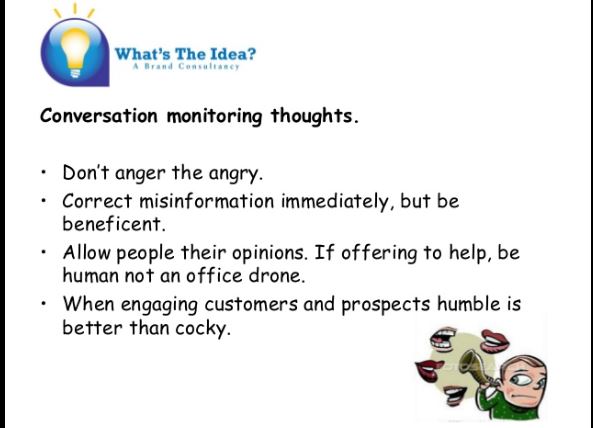Malicious Comment and Trolls.
Yesterday, for a friend at Reputation Management, I wrote about brands and reputation management. Today, I’m going to take a crack at “malicious comments and trolls.” I was director of marketing at Zude back in 2006-08, a web start-up in the social computing space. We were a drag-and-drop web authoring tool — that the brand brief referred to as “the fastest easiest way to build a website.” Zude earned Robert Scoble’s demo of the year and we had lots of big stories on Tech Crunch, Read Write Web, Giga Om, ZDNet and more. When you get that type of pub it brings out the trolls.
Dave Berlind a key blogger and confidant at the time, told us “Correct false information immediately, but don’t get dragged in to long harangues.” Some people just love to type and argue. Don’t give them a forum. Another time, when director of marketing at an education company – and trust me educators like to type and argue – I was careful to allow different points of view, but never attempted to tit-for-tat them. Trolls bore easily and will find new people to pester.
In Social Media Guard Rails, is a key caution that applies to trolls and malicious comments, “Don’t anger the angry.” It’s good advice.
Peace.


